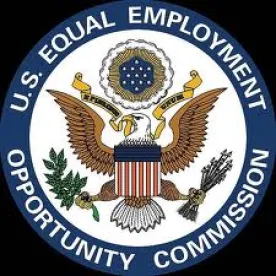f you were not closely watching the Equal Employment Opportunity Commission’s (EEOC) website, you may have missed its subtle announcement changing how Respondent position statements are handled. The EEOC rolled out nationwide procedures that apply to all EEOC requests for position statements made to employers on or after January 1, 2016.
After an employee files a Charge of Discrimination, the EEOC requires an employer to either submit to mediation or provide a position statement. The position statement is the employer’s first chance to give its version of events regarding the alleged violation. After reviewing the Charge and the employer’s position statement, the EEOC determines whether, in its view, harassment, discrimination, or retaliation occurred.
Under the revised policy, an employee can now ask for the employer’s position statement and any non-confidential attachments while the Charge is pending. Prior to the revision, an employee would have to wait until he or she filed a lawsuit against the employer to request a copy of the employer’s position statement. Unfortunately for employers, the revised policy is not a two-way street because the EEOC will still only provide employers with the Notice of Charge and the Charge of Discrimination itself.
The show and tell revisions apply to non-confidential attachments accompanying a position statement. Remember, the EEOC may redact confidential information before providing the position statement to the employee. Therefore, employers should clearly label confidential information. EEOC advises employers to separately label attachments containing confidential information and include an explanation of the confidential nature. The specific categories for confidential information may be found on the EEOC’s website.
Employers should, as always, thoughtfully draft position statements being careful to accurately articulate the reasons for the adverse action under investigation. Shifting rationales could be enough to establish pretext and expose the employer to liability. It is necessary for employers to fully understand the facts surrounding the Charge before responding. Considering that the position statement may be used by the employee in any future litigation, employers should retain experienced employment law counsel to assist in any EEOC investigation.



 />i
/>i

